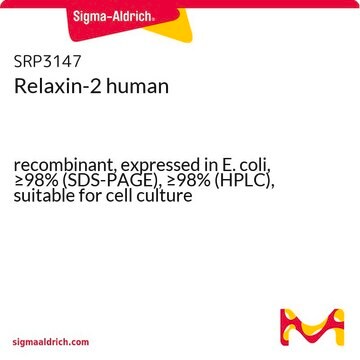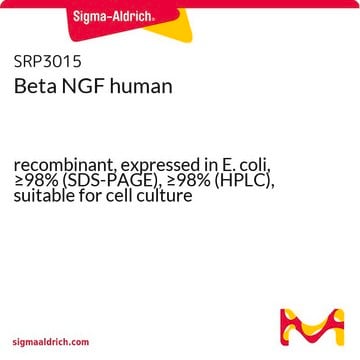SML2177
S 38093-2
≥98% (HPLC)
Synonym(s):
4-(3-((3aR,6aS)-hexahydrocyclopenta[c]pyrrol-2(1H)-yl)propoxy)benzamide hydrochloride, S 38093, S-38093, S38093
Sign Into View Organizational & Contract Pricing
All Photos(1)
About This Item
Empirical Formula (Hill Notation):
C17H24N2O2 · HCl
CAS Number:
Molecular Weight:
324.85
UNSPSC Code:
12352200
NACRES:
NA.77
Recommended Products
Assay
≥98% (HPLC)
form
powder
storage condition
desiccated
color
white to beige
solubility
H2O: 2 mg/mL, clear
storage temp.
2-8°C
SMILES string
[H][C@@]([C@]1([H])C2)(CCC1)CN2CCCOC3=CC=C(C(N)=O)C=C3.Cl
Biochem/physiol Actions
S 38093 is an orally available compound with selective affinity toward histamine H3 receptor (human/mouse/rat H3R Ki = 0.2/1.44/8.8 μM), but not other histaminergic receptors, exhbiting both antagonist (KB = 652 nM against 300 nM (R)-α-Methylhistamine-induced GTPγS recruitment to mH3 CHO membrane; KB = 110 nM against 1 μM histamine-induced cAMP downregulation in hH3 CHO cells) and inverse agonist activity (hH3/rH3 HEK basal cAMP enhancing EC50 = 1.7/9 μM; 48% inhibition of ionomycin-induced hH3 or rH3 HEK AA reslease by 10 μM S 38093). S 38093 is reported to improve AD- and age-associated memory and cognition deficits in mice (0.1-3 mg/kg/day p.o.) and rats (0.1-10 mg/kg p.o. or i;p.), as well as display antiallodynic and antihyperalgesic efficacy in rat models of neuropathic pain in vivo.
Storage Class Code
11 - Combustible Solids
WGK
WGK 3
Flash Point(F)
Not applicable
Flash Point(C)
Not applicable
Certificates of Analysis (COA)
Search for Certificates of Analysis (COA) by entering the products Lot/Batch Number. Lot and Batch Numbers can be found on a product’s label following the words ‘Lot’ or ‘Batch’.
Already Own This Product?
Find documentation for the products that you have recently purchased in the Document Library.
T Chaumette et al.
European journal of pain (London, England), 22(1), 127-141 (2017-09-07)
Histamine H3 receptors are mainly expressed on CNS neurons, particularly along the nociceptive pathways. The potential involvement of these receptors in pain processing has been suggested using H3 receptor inverse agonists. The antinociceptive effect of S 38093, a novel inverse
Jean-Philippe Guilloux et al.
Scientific reports, 7, 42946-42946 (2017-02-22)
Strategies designed to increase adult hippocampal neurogenesis (AHN) may have therapeutic potential for reversing memory impairments. H3 receptor antagonists/inverse agonists also may be useful for treating cognitive deficits. However, it remains unclear whether these ligands have effects on AHN. The
Aurore Sors et al.
Frontiers in pharmacology, 7, 492-492 (2017-01-10)
Donepezil, an acetylcholinesterase inhibitor, induces only moderate symptomatic effects on memory in Alzheimer's disease patients. An alternative strategy for treatment of cognitive symptoms could be to act simultaneously on both histaminergic and cholinergic pathways, to create a synergistic effect. To
Fany Panayi et al.
European journal of pharmacology, 803, 1-10 (2017-03-21)
S 38093, a novel histamine H3 receptor inverse agonist, was tested in a series of neurochemical and behavioral paradigms designed to evaluate its procognitive and arousal properties. In intracerebral microdialysis studies performed in rats, S 38093 dose-dependently increased histamine extracellular
Aurore Sors et al.
European journal of pharmacology, 803, 11-23 (2017-03-25)
Histaminergic H3 inverse agonists, by stimulating central histamine release, represent attractive drug candidates to treat cognitive disorders. The present studies aimed to describe the mechanistic profile of S 38093 a novel H3 receptors inverse agonist. S 38093 displays a moderate
Our team of scientists has experience in all areas of research including Life Science, Material Science, Chemical Synthesis, Chromatography, Analytical and many others.
Contact Technical Service








